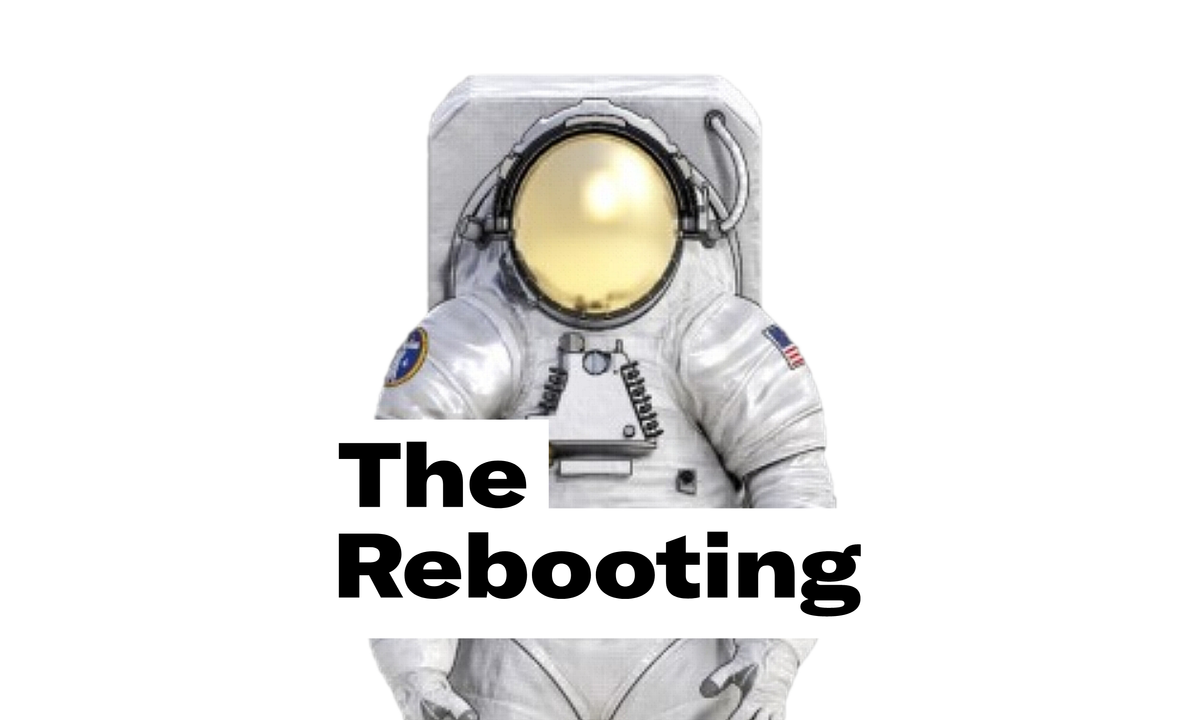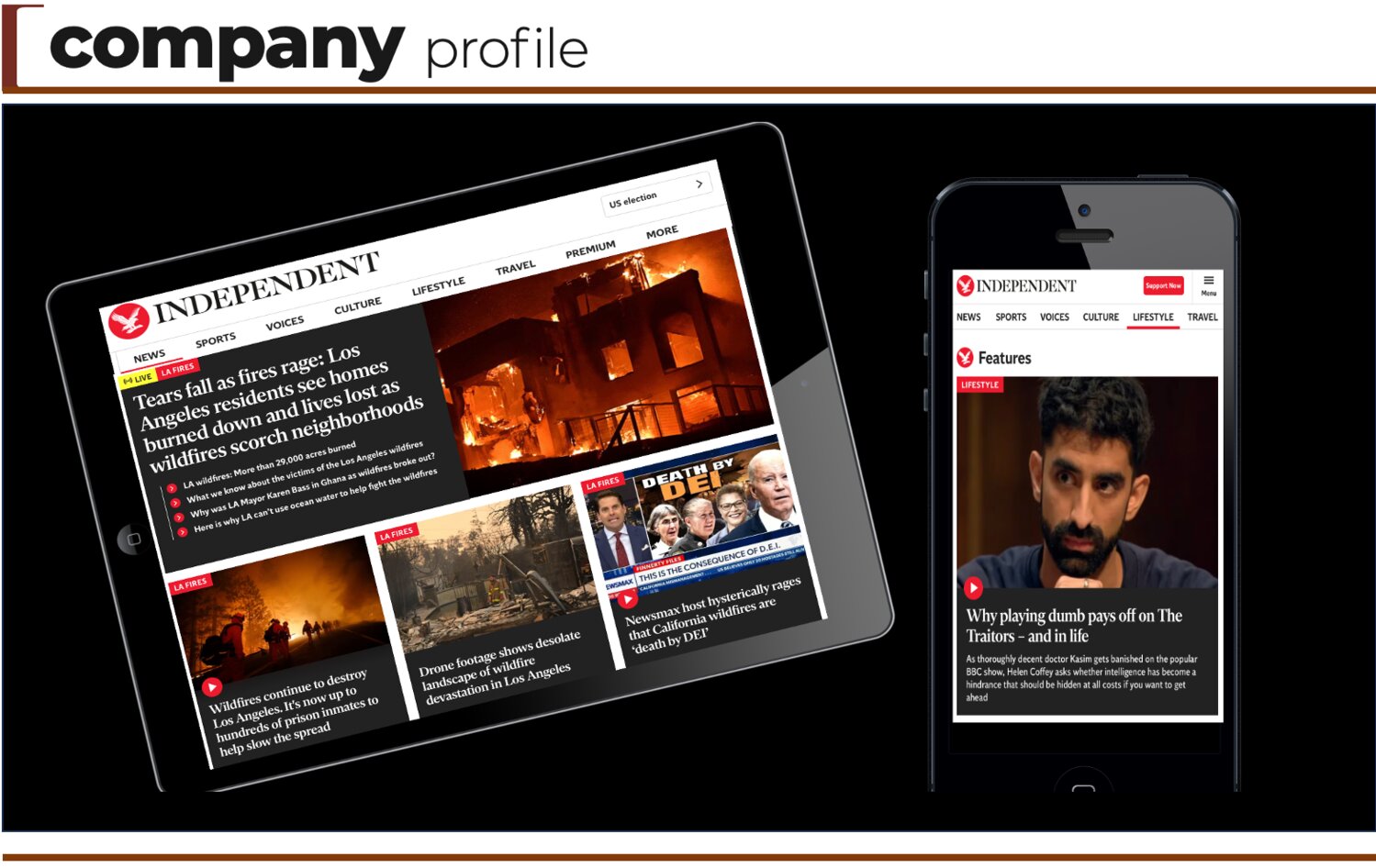- Digital Media Products, Strategy and Innovation by Kevin Anderson
- Posts
- The Creator-Influencer Economy pt 1: looking back on the first wave - bloggers
The Creator-Influencer Economy pt 1: looking back on the first wave - bloggers
How the early waves of creators help us understand the currrent one
The total addressable market of the Creator-Influencer Economy could double by 2027 to $480 bn, according to Goldman Sachs Research. The forecast made in 2023 projected the Creator Economy to roughly double in five years.
I’ve been mulling the Creator-Influencer Economy, and I’m still rolling this over in my head so file this newsletter in the category of me thinking out loud. As I have seen several times over, a lot of the analysis centres on how screwed legacy media is because they are now competing against an army of individual creators and news influencers across a range of platforms including TikTok, YouTube, Twitch, Substack and more. Yes, there is that, but having been to this rodeo before, I want to think about this in two ways:
The economics and dynamics of the Creator Economy itself.
The business model pivot legacy media would have to make to take advantage of those dynamics and the pros and cons of some of the most obvious approaches.
As I started to think about this present moment of disruption in media, I started to think about previous chapters of digital creators, which created new markets and destroyed old ones. How is the current wave of fragmentation and distribution different from earlier ones? Creators have always been a part of the internet, and casting a look back reminded me of how early pioneers experimented with ideas, including commercial models, that have now become the foundation of the Creator Economy.
The Long History of the Creator Economy - JenniCam and the rise of the bloggers
Digital technology has been challenging and remaking traditional media almost from its inception, and I’ve been covering it and living it in various roles now for more than three decades. Yeah, I’m that old, but this isn’t a shake-my-fist-at-the-sky moment to tell the kids to get off my lawn. (Although, yes, I have those moments.) It is to say, I’ve watched the technology and market evolve through various iterations.
People forget about lifecasting and blogging communities like LiveJournal from the 1990s. Not long after I met my wife in 2006, I remember This American Life rerunning an episode from a decade before, in 1997, talking about experiences they were having on the Internet, which they wondered if they could have anywhere else. It highlighted the story of one of the biggest lifecasters, Jennifer Ringley of JenniCam fame. She started streaming pictures from her dorm room when she was a 19-year-old university student, and at the peak of its popularity, her site received 7m visitors a day. After graduating, she offered a paid service with a higher refresh rate. Voila, a business model that would seem quite familiar in today’s world of camgirls, although I’m hesitant to refer to her as that.
Another chapter in this story was the rise of blogs. In 2024, the US presidential candidates courted influencers who have podcasts, YouTube channels, newsletters and massive TikTok followings. In 2004, with the initial success of Howard Dean, bloggers rose to challenge the establishment media in setting the political agenda. They had a prominent place at the Democrat’s nominating convention that year. Not only did I cover the phenomenon for the BBC, but I ‘blogged’ during the US political conventions and then the final months of the 2004 elections. It was one of the first forays by the BBC into blogging, although the comments had to be taken in via email and then carefully curated. In 2005, I came to the UK to research and write a white paper on how the BBC should respond to revolution in media.
It was a heady time when the lines between traditional media and the audience blurred. I launched a segment on Radio 5 that looked at the news agenda through the lens of blogs and podcasts (and later social media), and then I was on the launch team of the World Service interactive programme World Have Your Say. I often brought bloggers and podcasters, including milbloggers - members of the US military blogging and podcasting from Iraq and Afghanistan - onto the programme.
Much like now with creators, people talked about the democratiisation of media and a force that would “challenge traditional media”. In 2007, Julian Robins wrote a paper as a Reuters Fellow at Oxford University. He wrote:
The blogging revolution comes at a time of turmoil for the traditional media, as digital technology changes the way people consume news, information and entertainment. Audiences and readerships are falling, along with profitability. Many mainstream news organisations have rushed to embrace user-generated content as they seek to fine-tune their business model for the new age.
As I was writing this, I thought that I wouldn’t call the current phase of creators democratisation. It’s a marketplace of attention and commerce. While yes, news and political influencers are part of the mix, it’s also about technology, fashion, food and so much else.
The fall of blogging and the rise of a new kind of social media
But blogging faded, although one might argue that newsletters are the new blogs. But blogs and podcasts faded, although podcasts would enjoy a renaissance. The decline of blogs was down to several factors. One issue was discovery, which still bedevils new podcasts. Technorati was the search engine for blogs, long before Google tried to create a subset of its search. Google launched its blog search in 2005, but shut it down as a standalone product in 2011. However, apart from search, some fundamental technology that connected the distributed network of bloggers broke, and the fediverse was a long way off. Note, I am sceptical that most people will embrace distributed networks. Those who do choose to accept a higher degree of friction for what they perceive as freedom, but that’s a whole other discussion.
However, I think what caused the decline of blogs and explains the rise of everything that came after was network effects. Bloggers used a system called trackbacks to see who had linked to them, and it was often via those links that helped bloggers discover each other. Trackbacks became overwhelmed with spam and ceased to function effectively. Comments were another way that bloggers interacted with each other, but these comments were spread across blogs. It was a highly distributed conversation, but the comments and links helped motivate bloggers to keep on writing. I remember what a thrill it was.
Of course, the social media platforms quickly eclipsed blogs. Why?
Powerful network effects. It was much easier to find your friends.
Simpler engagement mechanisms including lightweight likes and easy commenting.
Algorithms that helped you keep in touch with friends and topics you were interested in. (Although we can debate how effective they are now.)
Masssive, centralised aggregators for attention.
That last point is key. Grassroots bloggers prided themselves on their distributed nature. It reminds me of the quote from the film Star Wars: The Rise of Skywalker, “That’s not navy, sir. It’s just…people.” However, the attention was spread across thousands of blogs like stars across the sky. Bloggers revelled in the distributed nature of their conversation, but it wasn’t to last and couldn’t have lasted in the face of what came next.
Social media networks captured that attention and aggregated it. They provided much more efficient markets for advertisers, and that helped support a new generation of creators. Attention shifted to these platforms and so did billions of dollars of revenue globally. It drained attention and revenue from traditional media, particularly journalism. But that’s the next chapter.
The AI imperative for media
The biggest news in AI overall was the release of DeepSeek, a disruptive Chinese distilled AI model. It leveraged other models to beat OpenAI and Anthropic by some measures of AI progress, AI expert Karen Hao told the Reuters Institute. Her analysis is worth reading. She said DeepSeek has triggered a long-standing, but dismissed, challenge to the dogma that AI progress needed more resources rather than a more efficient use of resources. It’s an important read. Of course, with this being a Chinese disruptor of America’s perceived dominance of AI, it has political overtones.
While creators are part of the current chapter in media, AI also dominates the innovation agenda for journalism organisations. Brian Morrissey is not impressed. “Unlike past new technologies, publishers have taken a far more cautious approach to using AI beyond the basics or for little skunkworks projects that are unlikely to have much impact. The examples of publishers using AI are usually confined to small-scale frippery like AI-enabled internal search.”
I think he’s being a little harsh. I saw a demo of a tool The Economist is developing to scan academic papers for possible story ideas and came away impressed, and the Nursing Times use of AI to power a question-based way to access the intelligence of its archive is smart, especially how it is connected to their subscription model.
INMA’s Sonali Verna looks at the strategic frameworks that media companies could use to maximise the impact of their AI efforts. At the end of the day, I think AI should be deployed to do what it is uniquely good at and solve pain points for audiences and editorial teams.
The Independent is showing the sophistication in their approach as they grow as a digital English-language news brand. I have been fascinated with their A2K - anonymous to known strategy in the UK. They have 11 different ways to capture first-party data from their audiences. In the US, they are smartly scaling to stake a claim to that market. They have a lot of lessons to teach other media companies on how to survive in this highly competitive, rapidly changing media market.


